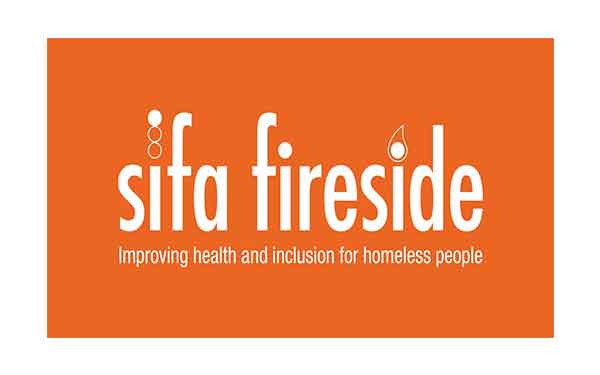The 3-day first aid at work course is intended for those aged 16 or older who may be required to give first aid in the event of a wide range of incidents, injuries, and diseases that they may encounter at work.
It’s ideal for businesses that need more first-aid training as a result of their needs assessment, such as those with disabilities or ill health.
In addition to the themes covered during an emergency first-aid at work course, this program covers treatment for a variety of injuries and illnesses.
Modules breakdown
- Adult resuscitation (CPR)
- Allergic reaction
- Asthma
- Bone, muscle and joint injuries
- Burns and scalds
- Chest pains
- Choking adult
- Communication and casualty care
- Eye injuries
- Fainting
- Head injuries
- Defibrillator prompts and how to respond (theory based)
- Defibrillator pad placement (theory based)
- Low blood sugar
- Managing an emergency
- Minor and severe bleeding
- Poisons and what to do if someone has been poisoned
- Role of the first aider (including knowledge of health and safety regulations)
- Seizures
- Shock
- Spinal injuries
- Stroke
- Unresponsive adult
FAW Course FAQ's
In the UK, the Health and Safety (First-Aid) Regulations 1981 requires employers to provide “adequate and appropriate” first-aid equipment, facilities, and personnel for their employees.
These regulations state that employers must:
- Appoint a “responsible person” to be in charge of first-aid arrangements
- Carry out a first-aid needs assessment to determine the specific first-aid requirements of the workplace
- Provide appropriate first-aid equipment and facilities
- Provide information and training to employees on first-aid arrangements
- Ensure that there are enough first-aiders to cover the workplace during working hours
The Health and Safety Executive (HSE) is responsible for enforcing these regulations and providing guidance to employers on how to comply with them.
In practice, employers should conduct a first-aid needs assessment to determine their specific first-aid requirements. The assessment should consider the size of the workforce, the nature of the work, the nature and severity of the injuries or illnesses that are most likely to occur, the location of the workplace, the availability of trained first-aiders, and the availability of other first-aid resources, such as a defibrillator.
Some examples of workplaces that may be considered high-risk and would likely require a FAW course:
- Construction sites
- Manufacturing plants
- Oil and gas drilling sites
- Mining operations
- Warehouses and distribution centers
- Industrial plants
- Transport and logistics operations
- Outdoor adventure and recreation companies
The first aid training course will cover the following topics:
- Principles of first aid and how to respond to an emergency
- Resuscitation, including cardiopulmonary resuscitation (CPR) and the use of an automated external defibrillator (AED)
- Bleeding control and shock management
- Treatment of minor injuries, such as cuts, bruises, and sprains
- Treatment of burns and scalds
- Treatment of sudden illness, such as heart attacks, strokes, and seizures
- Recording and reporting of accidents and injuries
- The role and responsibilities of the first aider
- Basic anatomy and physiology
Additionally, the workplace first aid course will also cover the specific risks and hazards that are present in the workplace and the necessary response to specific injuries and emergencies such as:
- Fractures
- Eye Injuries
- Head injuries
- Spinal injuries
- Anaphylaxis
- Poisoning
- Electric Shock
- Asthma
The workplace training course will also cover the use of first-aid equipment, such as bandages, dressings, and splintswounds, concussions, heat stroke, cold weather injuries, hypothermia, heat exhaustion, dehydration, insect bites, snake bites, first responders, emergency services, ambulance.










